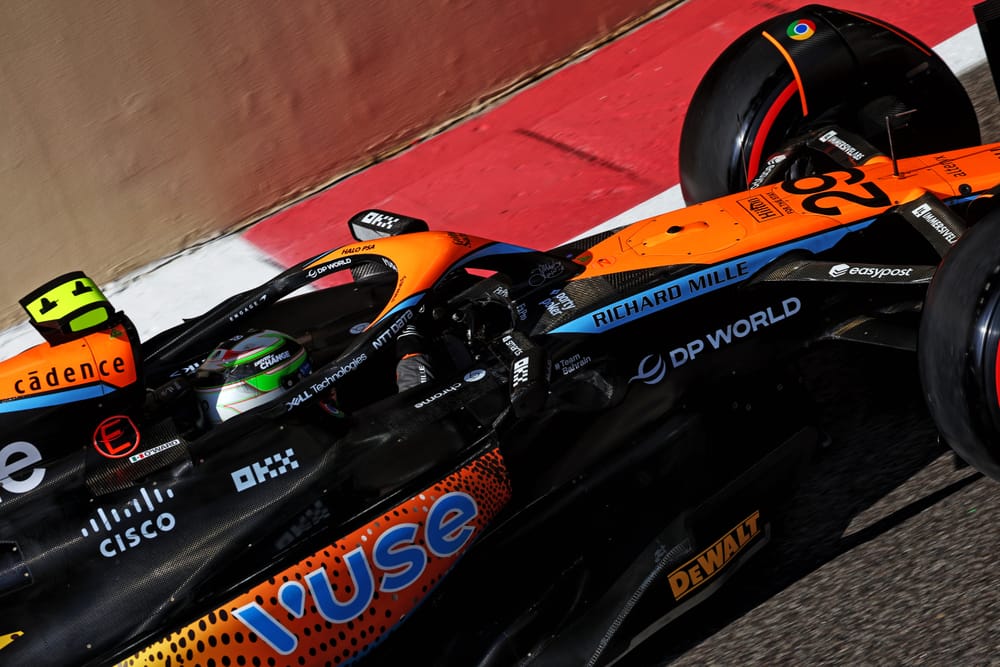Up Next

“You could race in F1, right?”
“Any of us could, and we would rock it.”
That was Indianapolis 500 winner Josef Newgarden answering ex-NFL kicker Pat McAfee’s question on the Superbowl winner’s hit TV show.
Of course, the clip has caught the attention of both IndyCar and Formula 1 fans and is the latest reason to bring up the debate of whether IndyCar drivers could and should get a chance in F1. Andretti’s desire to move Colton Herta if it gets an F1 team, and Alex Palou and Pato O’Ward’s appearances with McLaren have done the same for putting the debate in the spotlight.
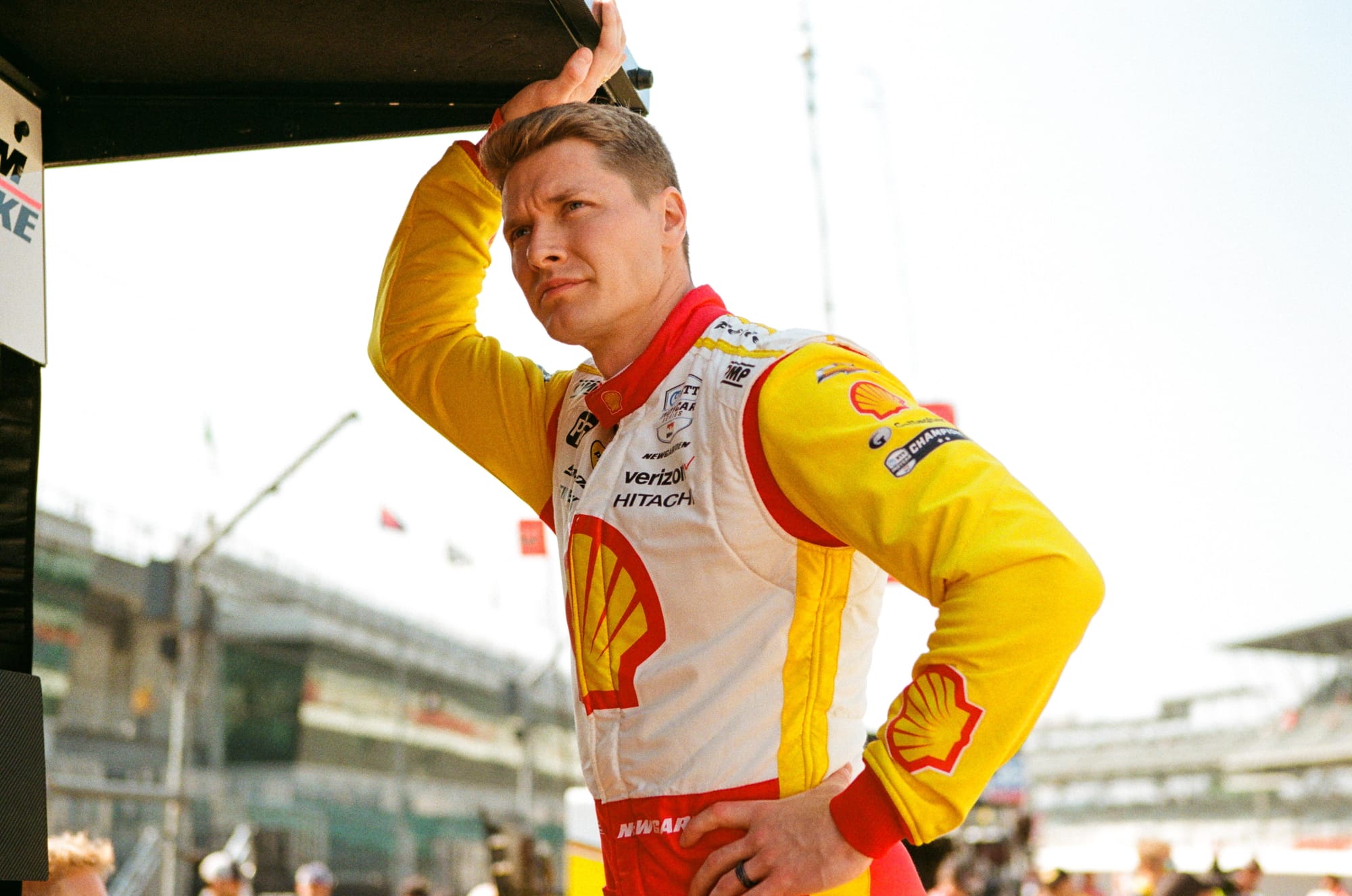
Newgarden, once an F1 ladder hopeful having race in GP3, enjoys this debate around IndyCar drivers going to F1 and has spoken about it before.
While he says “any of us”, it’s very likely he means the championship’s frontrunners, and when discussing this before he’s had strong opinions on why it’s so rare to have an IndyCar driver going to F1.
“You’re not going to do it through IndyCar unless there’s a very special circumstance,” Newgarden told The Race in 2022, giving multiple reasons.
“You still have to indoctrinate yourself into their system, their people, their political stature, and you’ve got to find an incredible amount of money these days, that’s only got harder and only gone up,” said Newgarden, addressing a debate he enjoys on the latest episode of The Race IndyCar Podcast following his Indy 500 victory.
“So I think that’s where the immense pressure and challenge has come in for karters or junior formula drivers, whether it’s in Europe specifically or England specifically, or you’re talking about the world, that wants to go to Formula 1, there’s just not enough seats or opportunities with all these now pressures that have just increased 10 times.
“It is near-impossible in my eyes. If I was to go back with all the knowledge I have now, and said, OK, you could start over in 2022, as a 13-year-old junior driver, I would say it’s near impossible to get to the top of Formula 1.”
Assuming Newgarden isn’t talking about the whole field when he says “any” driver, let’s assess the arguments that support his position - and those that don’t - and the factors behind them.
FOR: F1 drivers often struggle in IndyCar
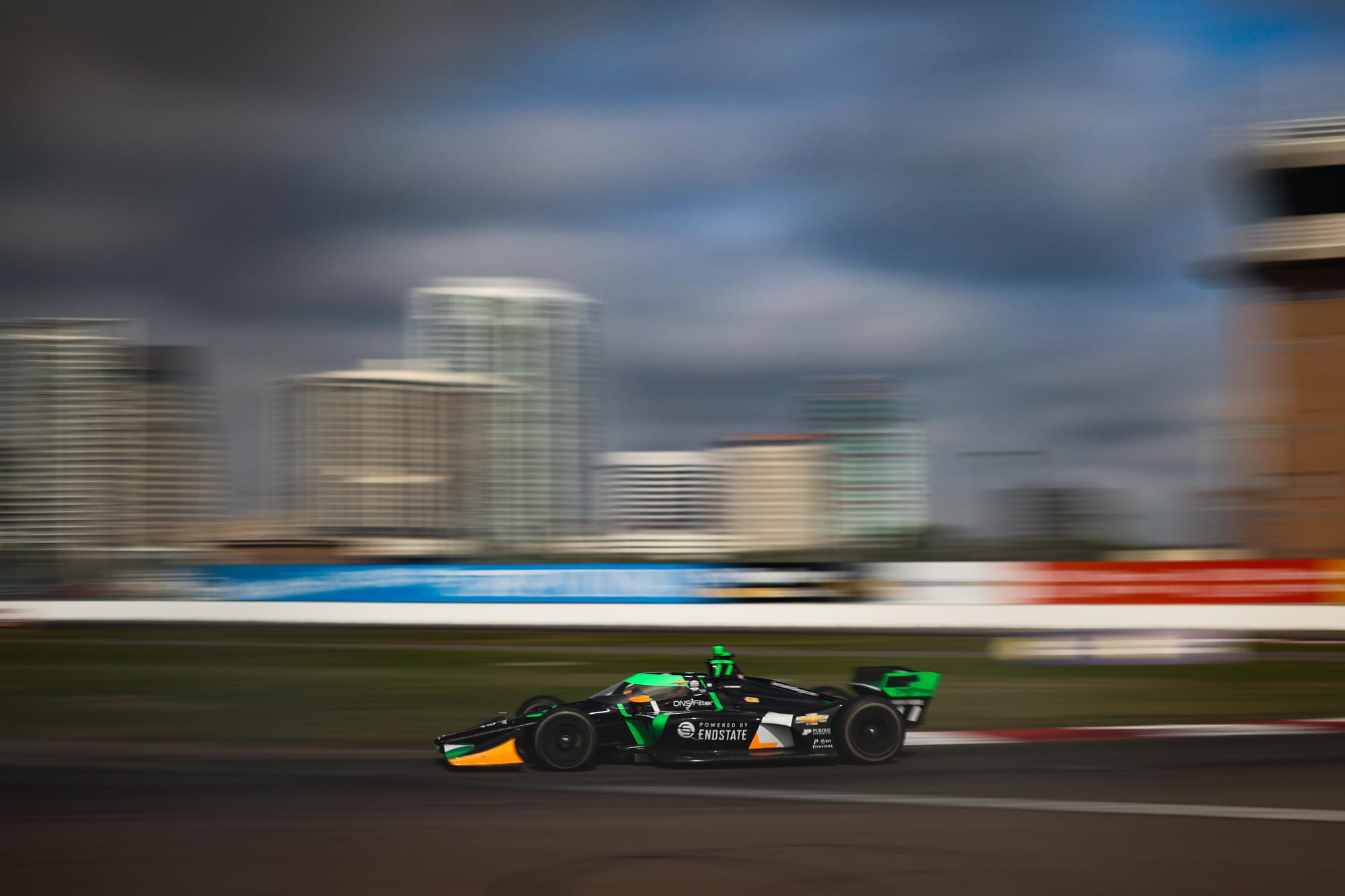
While we don’t have an enormous data set, if F1 is as far ahead of IndyCar as people say, why don’t drivers who have mostly found a home in the F1 midfield not dominate when they come to IndyCar?
And ovals aren’t the answer because non of the F1 drivers that have come over in recent memory have bettered any of the IndyCar drivers on road and street circuits across a season either.
Some would say that it would take a Lewis Hamilton or a Max Verstappen to come over to show how an F1 driver could dominate, but a) that isn’t going to happen and b) drivers coming from F1’s midfield, if it’s as good as it’s cracked up to be, should still fight toward the front in IndyCar, theoretically?
There are some things to factor in. Obviously the established IndyCar drivers know the tracks, tyres, cars and team nuances that would be exactly the same problems for IndyCar drivers going to F1. So there’s that.
But we haven’t seen anyone from F1 turn up and dominate to the extent that it makes you doubt whether an IndyCar driver could make the jump at all.
For: Good FP1 outings
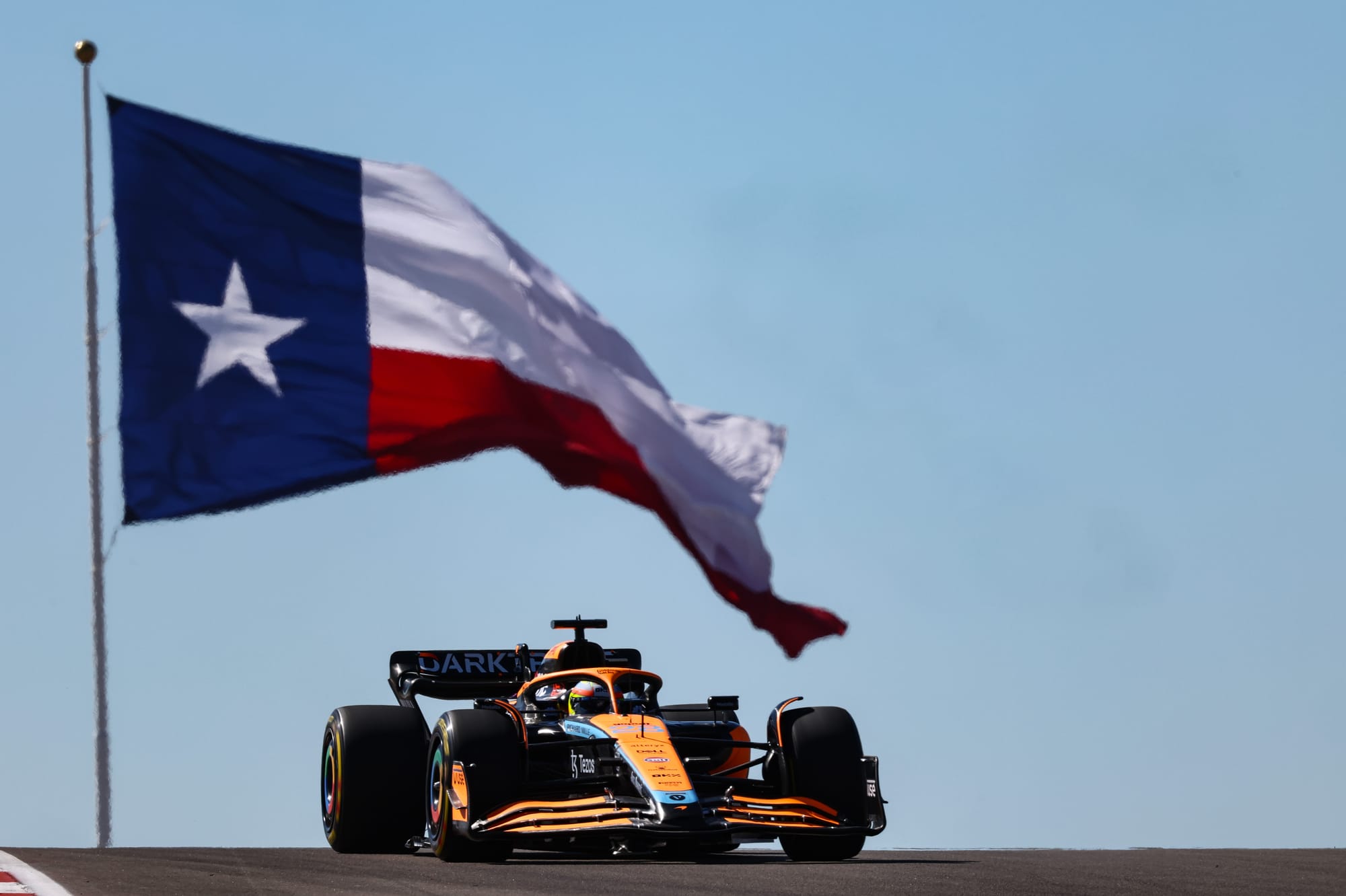
Alex Palou was within three tenths of Lando Norris on comparable tyres on his FP1 debut at the Circuit of the Americas in 2022.
Pato O’Ward wasn’t quite as flashy in Abu Dhabi last year, but the fact that neither looked anything less than drivers who were inexperienced but not undeserving of an F1 shot shows it’s not ridiculous to consider the idea.
OK, an FP1 outing and regular competition across races and qualifying a very different things. But their performances proved they were at least worthy of being assessed on the field of play.
It’s clear Palou impressed McLaren to the level that it wanted to assess him in greater detail, with what should've. That counts for something.
Against: Too big a difference
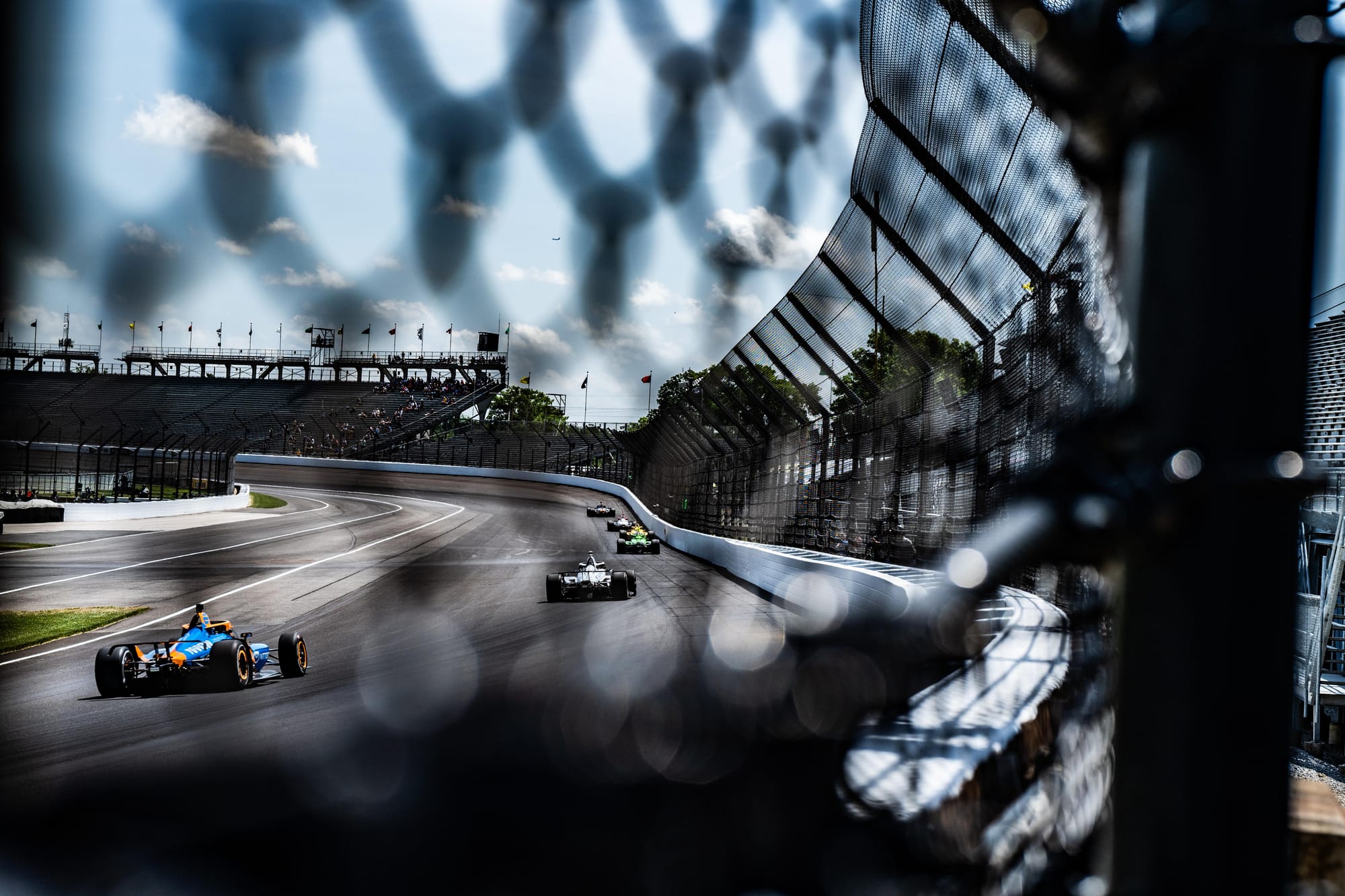
Both IndyCar and F1 are too specialised to make jumping in and out of one another an even remotely simple task.
If you’re going from IndyCar to F1, you’re going from a series where all the focus is on maximising the package that you have and making small tweaks to a car that stays the same. In F1, they don’t waste time spending too long working on certain areas as the next update will render most of that work pointless.
The cars themselves are very different, just in terms of how you can rag an IndyCar around like a rally car and still be quick, where that’s not the case in F1.
Then there’s the F1 tracks, the Pirelli tyre which is the opposite to the Firestone as it gets abused even coming out of the pits, and you’ve only got one team-mate grabbing data on track - whereas most IndyCar teams have three or more cars.
And on top of all of these things, you’re going up against drivers with years of experience, only increasing the level of learning which you have to do.
Against: IndyCar/American drivers struggled in support series
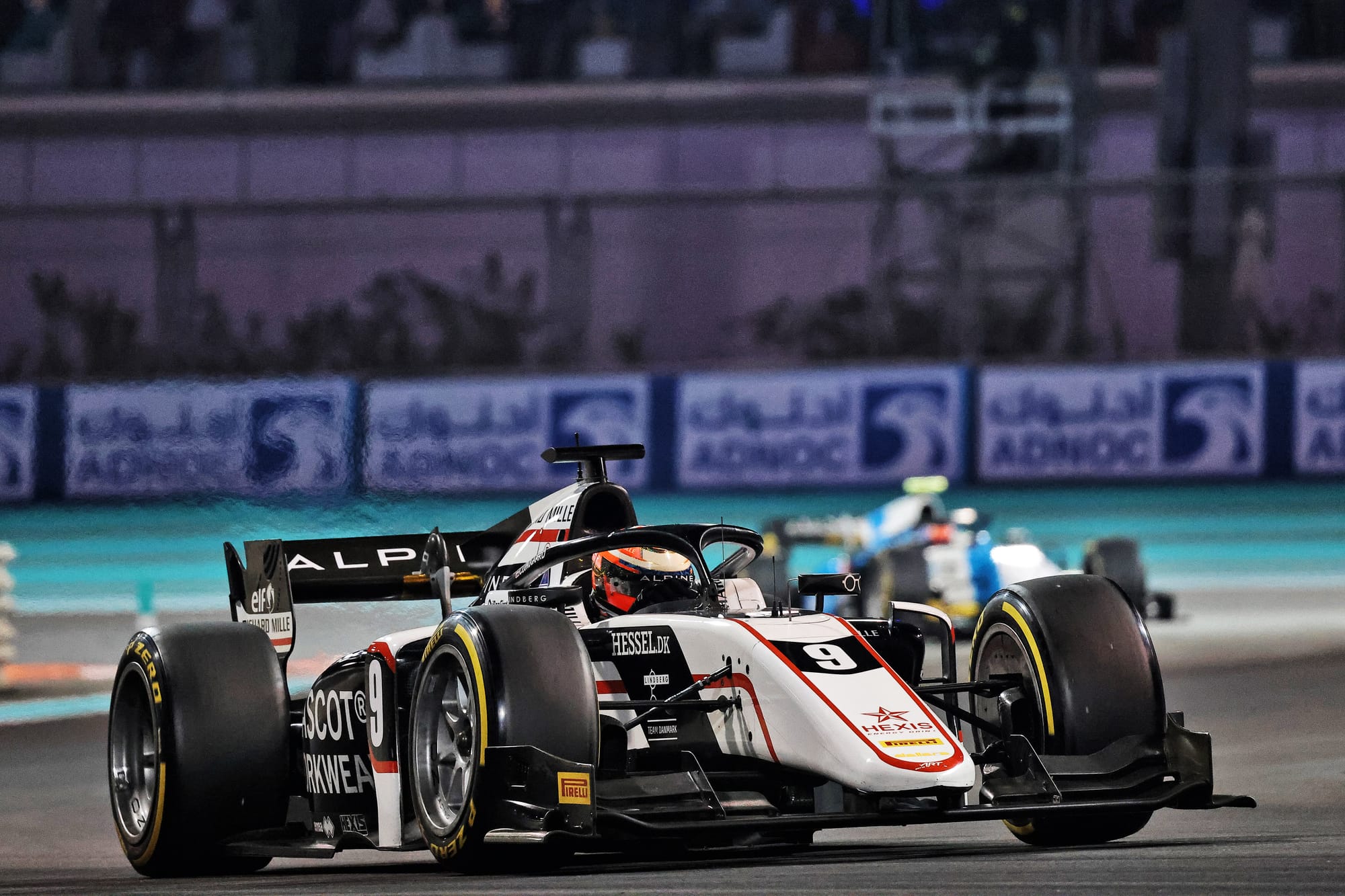
Newgarden himself struggled when he was in GP3, albeit for a single year and with nowhere near enough backing to make reaching F1 a remote possibility.
Few current IndyCar drivers have attempted the same route and if they have, they haven’t been successful.
We’re seeing drivers such as Christian Lundgaard (pictured above) and even reigning Formula 2 champion Theo Pourchaire come over now, but that’s because F1 teams have decided those drivers aren’t good enough.
It’s so expensive to go and race in Europe and the Americans that have done it have struggled.
The fact that it’s more and more common for successful junior single-seater stars to end up in IndyCar tells you everything you need to know about how tough it is to reach F1 even if you’ve done everything expected of you. That’s the level of other options on the table for F1 teams before they’d consider and IndyCar driver.
Against: IndyCar's had the same car for 12 years
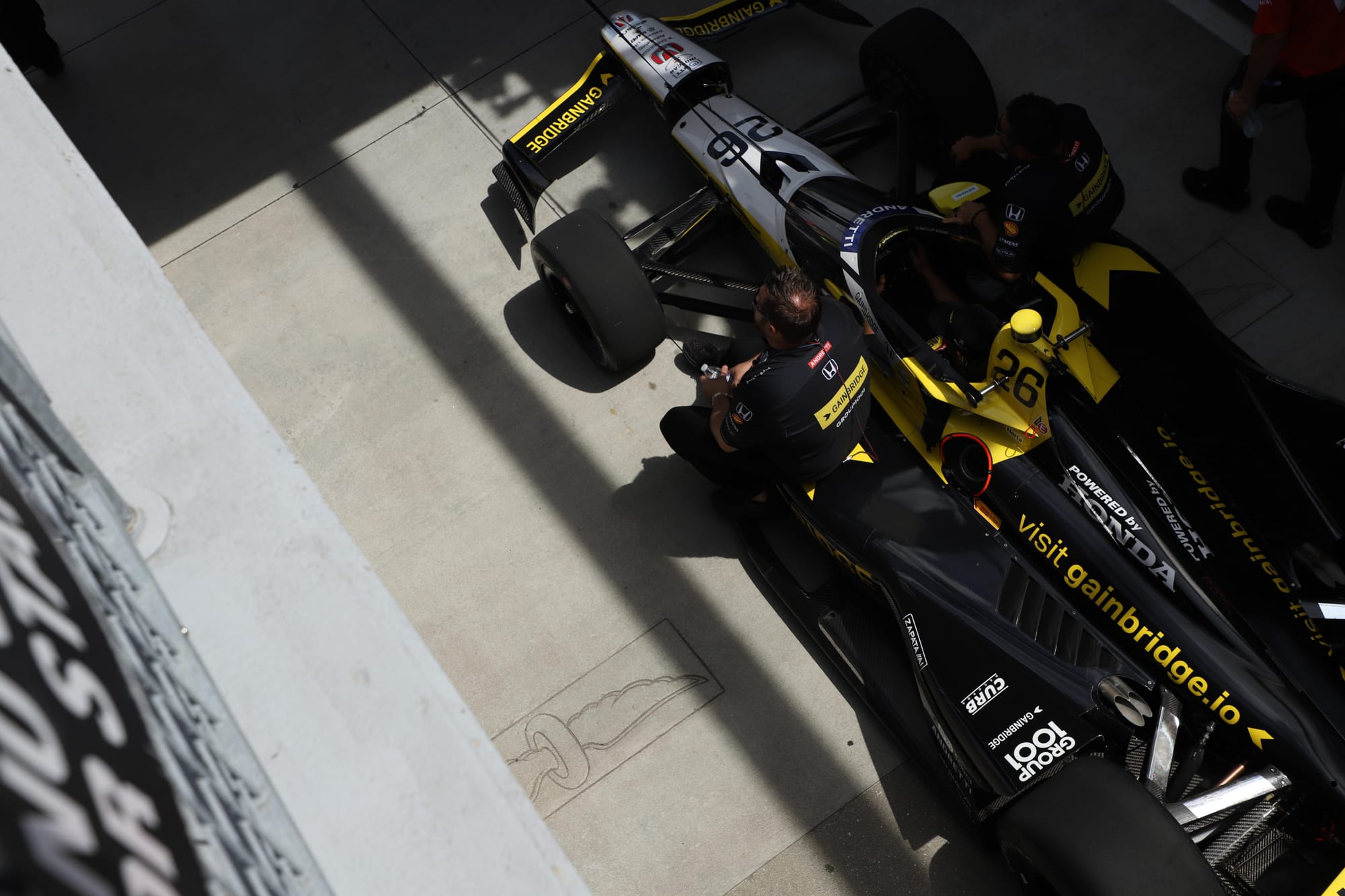
The IndyCar has fundamentally changed in different ways over the last 12 years but that doesn’t change the fact it’s the same car.
What happens if, as an IndyCar driver, you’ve found a nice window in terms of how you like to drive the car, and you just make sure the team sets it up like that each year. Then you go to F1 and year-on-year the car is different - or even a big mid-season update can totally change the balance of the car.
That's not to say IndyCar drivers aren’t adaptable. But even Scott Dixon has spent more than half his career in the same car. You’d be lucky to get half a year before the car starts changing in F1.
IndyCar drivers are given a lot of credit for being flexible, but F1 is on another level when it comes to demanding different things from its drivers in much smaller windows of time. That’s a big ask.
Against: A different spotlight
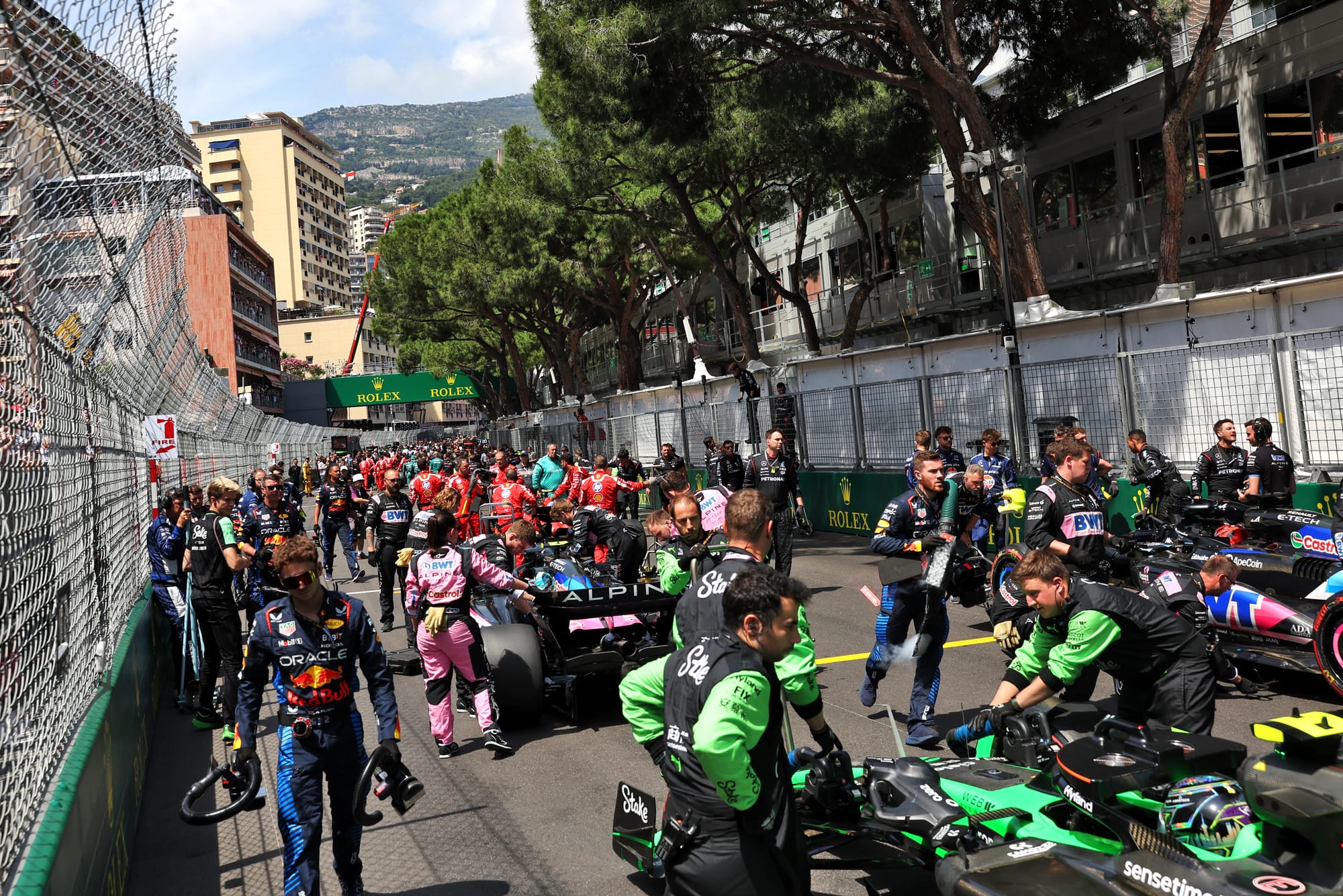
Of course there’s criticism in IndyCar, and team-mate battles, and the usual vagaries of a top-level racing championship.
But F1 is a totally different level of attention.
It’s even more of a cut-throat game of politics as it is being in a racing series. and while there’s some prep for that in IndyCar, it’s on nowhere near the same scale.
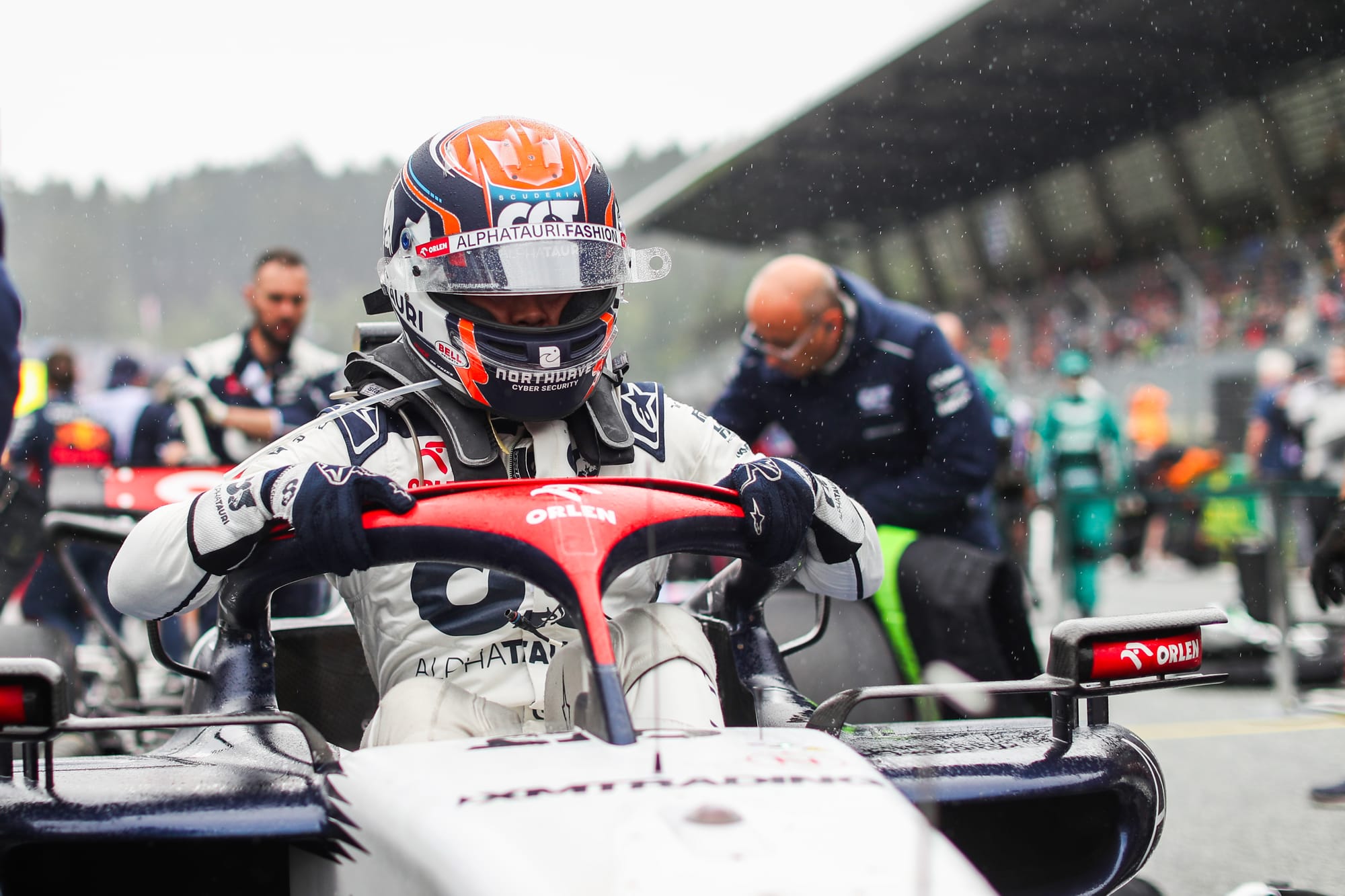
Think about the instant pressure Nyck de Vries came under when his start at AlphaTauri didn’t go to plan last year. And he comes from a series in Formula E that doesn’t have the size or passion of IndyCar’s fanbase.
Whoever was making the switch would be under the spotlight in a magnifying-glass-under-the-sun level, and you can be burned to a crisp so easily in your F1 career.
There’s no series in racing that prepares you for the intensity of the F1 spotlight and all the political manoeuvring you need in the background to be successful.
The Race says
If someone does get the chance to make the switch, who should it be, or who will it likely be, and why? Let’s take a look at the grid and draw some conclusions.
Colton Herta
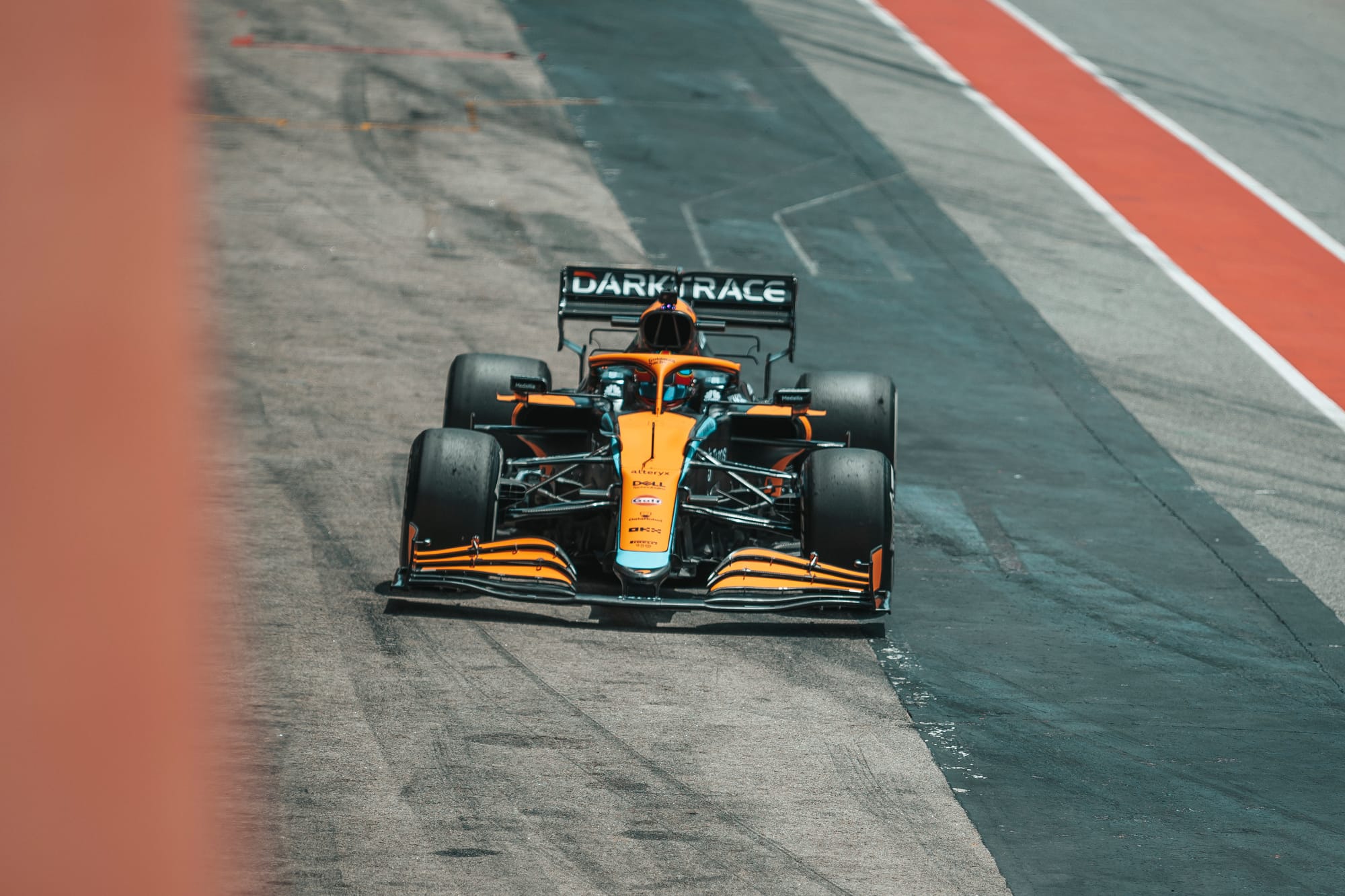
Andretti has stuck with Herta as its guy, the American driver it wants to spearhead its F1 team if it ever gets on the grid.
Short of a blip last year where his sophomore team-mate Kyle Kirkwood was arguably the better driver, Herta has regularly been Andretti’s most exciting talent since entering the series in 2019 (then in an Andretti-affiliated Harding Steinbrenner Racing squad).
He impressed McLaren in a test with it in 2022, and has shown the raw speed and qualifying skill needed to make a name in F1.
My only question - apart from the general reservations made earlier on about any driver switching to F1 from IndyCar - is his struggle for consistency. But he’s started 2024 much better in that regard and led the championship heading into the Month of May.
Scott McLaughlin
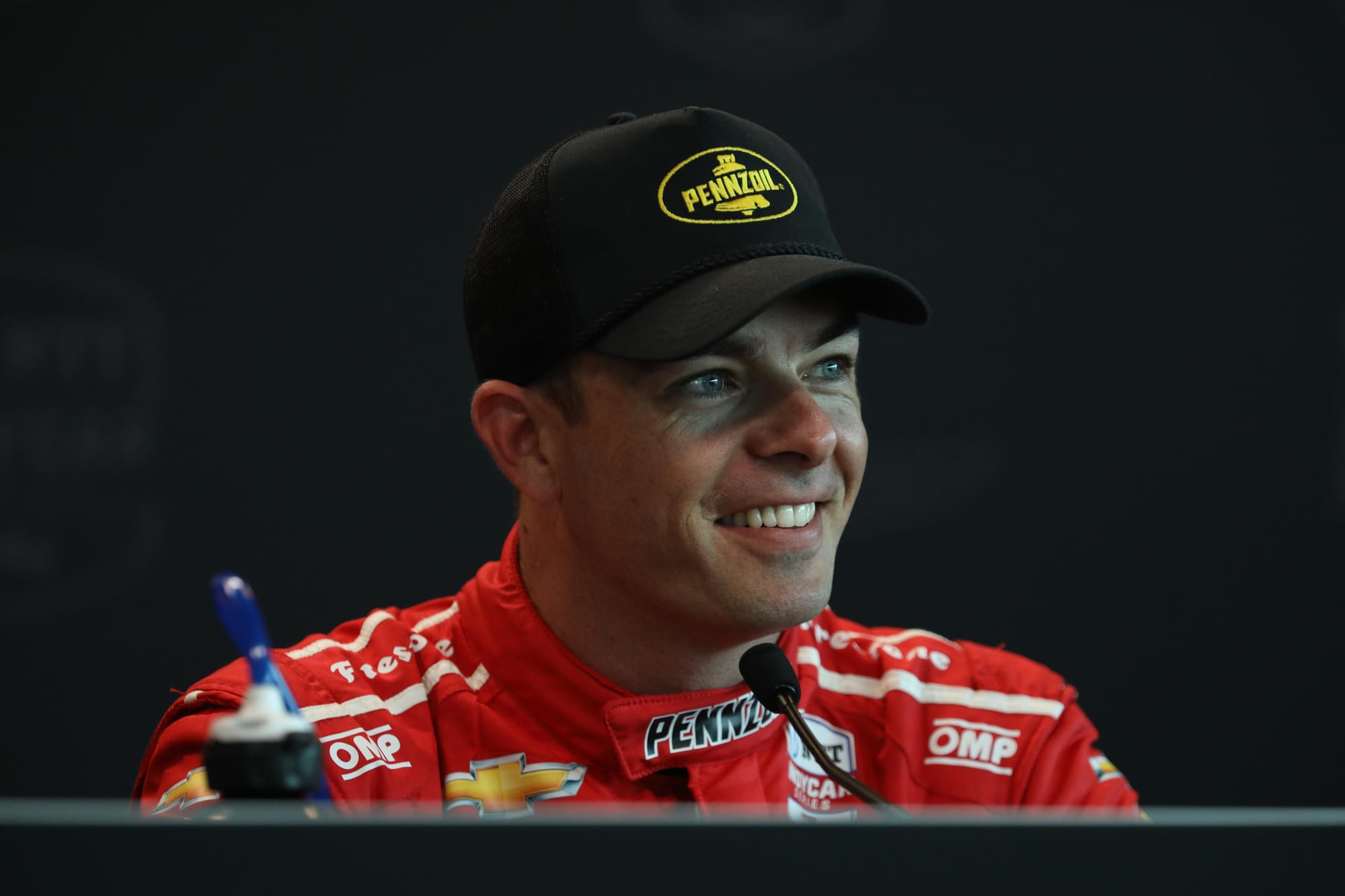
He couldn’t left-foot brake when he made his switch from Australian Supercars to IndyCar, yet by the end of his second full season McLaughlin was the driver with the best average finishing position on road courses in the entire IndyCar series.
Because of his fundamental lack of experience in single-seaters compared to anyone else in F1 or its feeder categories, F1 would be an insane struggle. But if we’re talking about drivers who would get the opportunity on merit, he’d very hard to look past.
After all, at some stage or another he’s beaten every other driver on this list.
Pato O’Ward
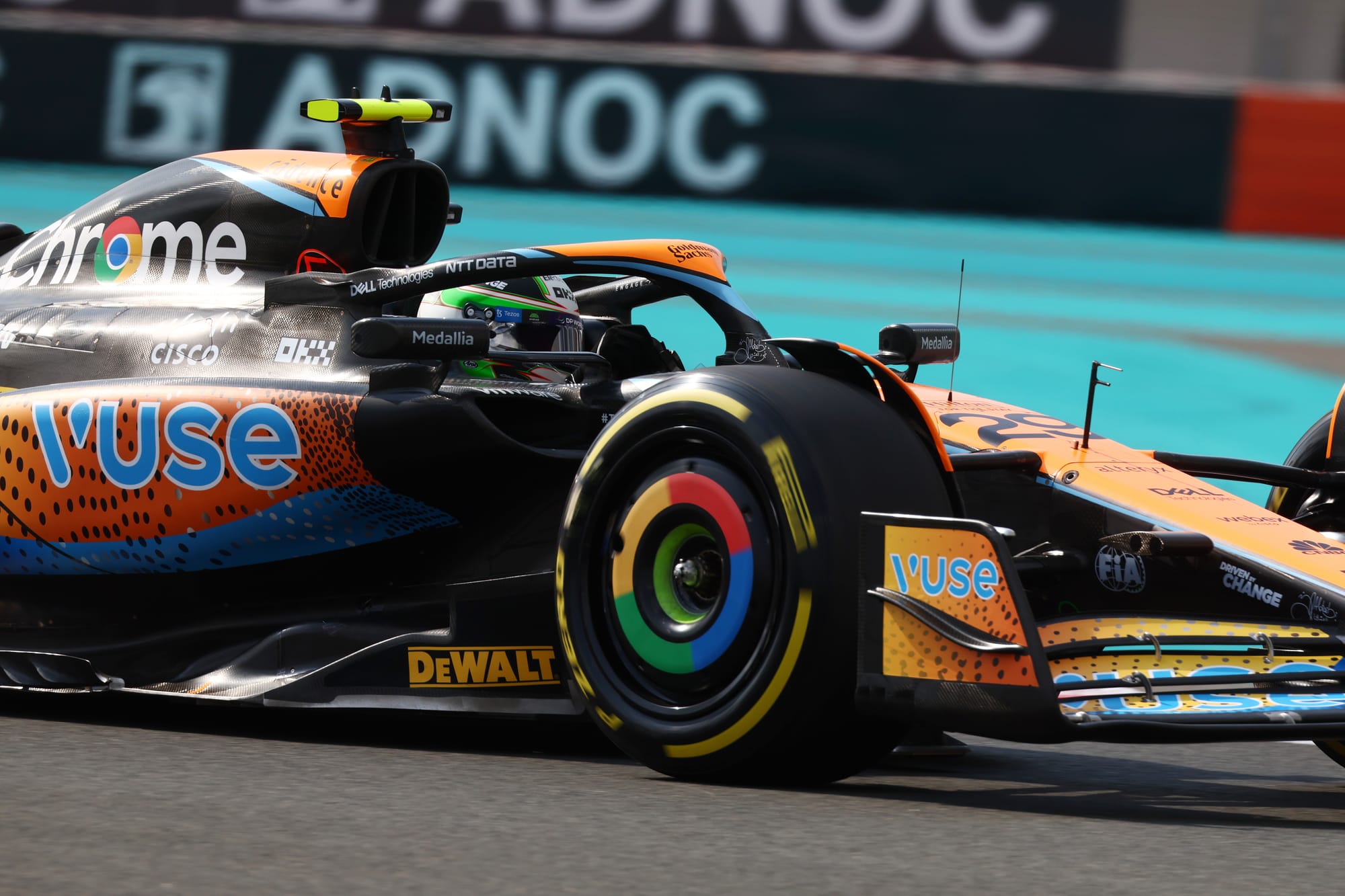
O’Ward appeared to fall behind Palou in the pecking order once the later got the (ultimately unfulfilled) F1 reserve gig for 2023, and its clear that McLaren felt Oscar Piastri was a better option for F1 than either of them.
He may have better car control than arguably anyone in F1, but O’Ward’s biggest issue is that he’s raced for an IndyCar team that hasn’t delivered championship-winning form. He’s always been McLaren’s best IndyCar driver, but until he gets a car capable of winning - or a team-mate deemed to be on the same level - we’ll struggle to know how good he really is.
There’s no doubt he’d be the most exciting raw talent to go to F1. But whether his all-out style would translate to the type of consistency and precision you need in F1 is another question.
Plus, honestly, he’s too entertaining in IndyCar to allow him to leave.
Alex Palou
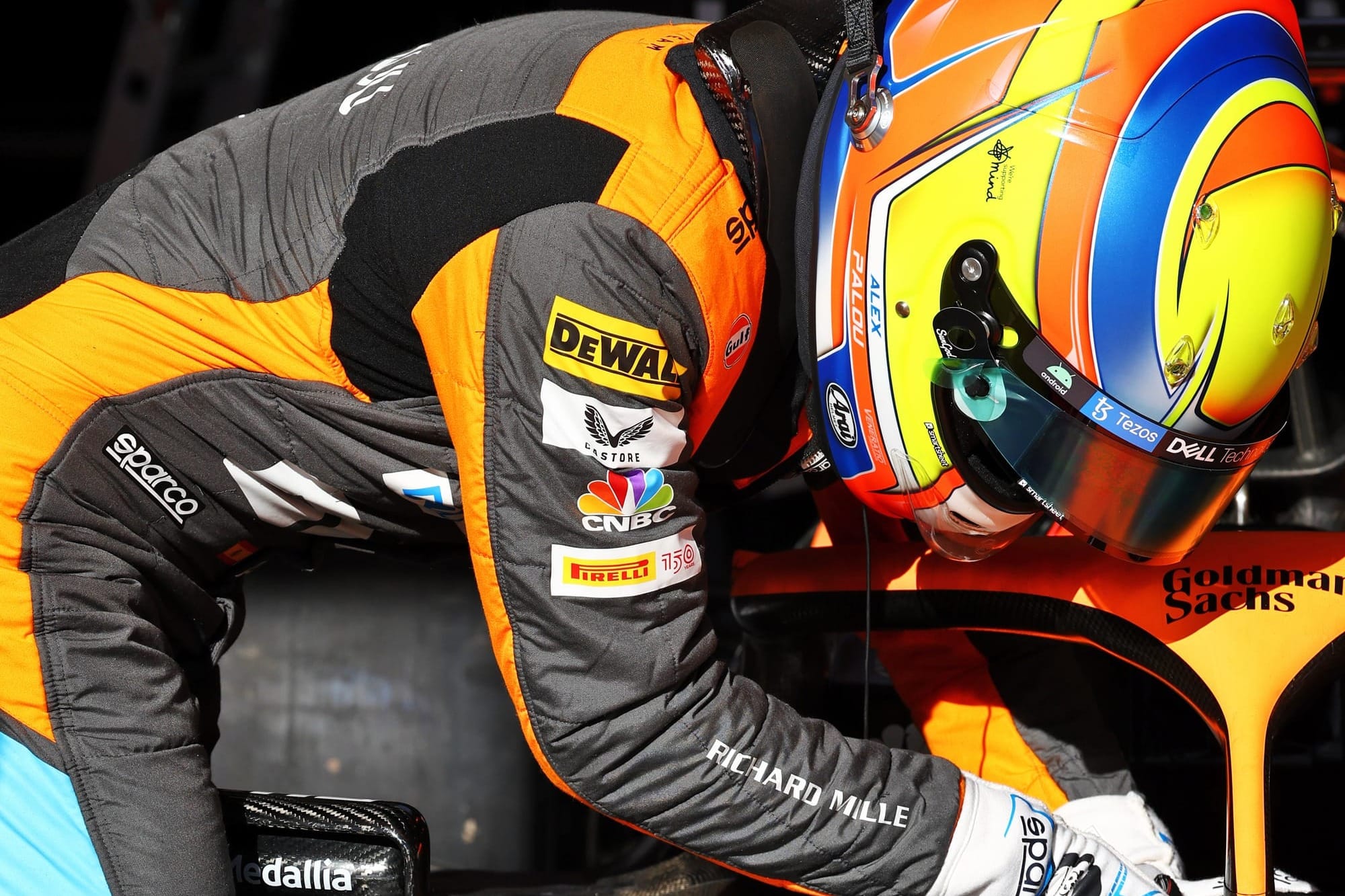
Palou impressed in his FP1 outings in 2022. But after McLaren went with Piastri and it became clear he wouldn’t be getting a seat any time soon, he hit the big red button and breached his contract with McLaren to stay at Ganassi.
He’s the most suited on this list in terms of age, ability and results, but any team would likely think twice about signing him based on his driver market record.
Josef Newgarden
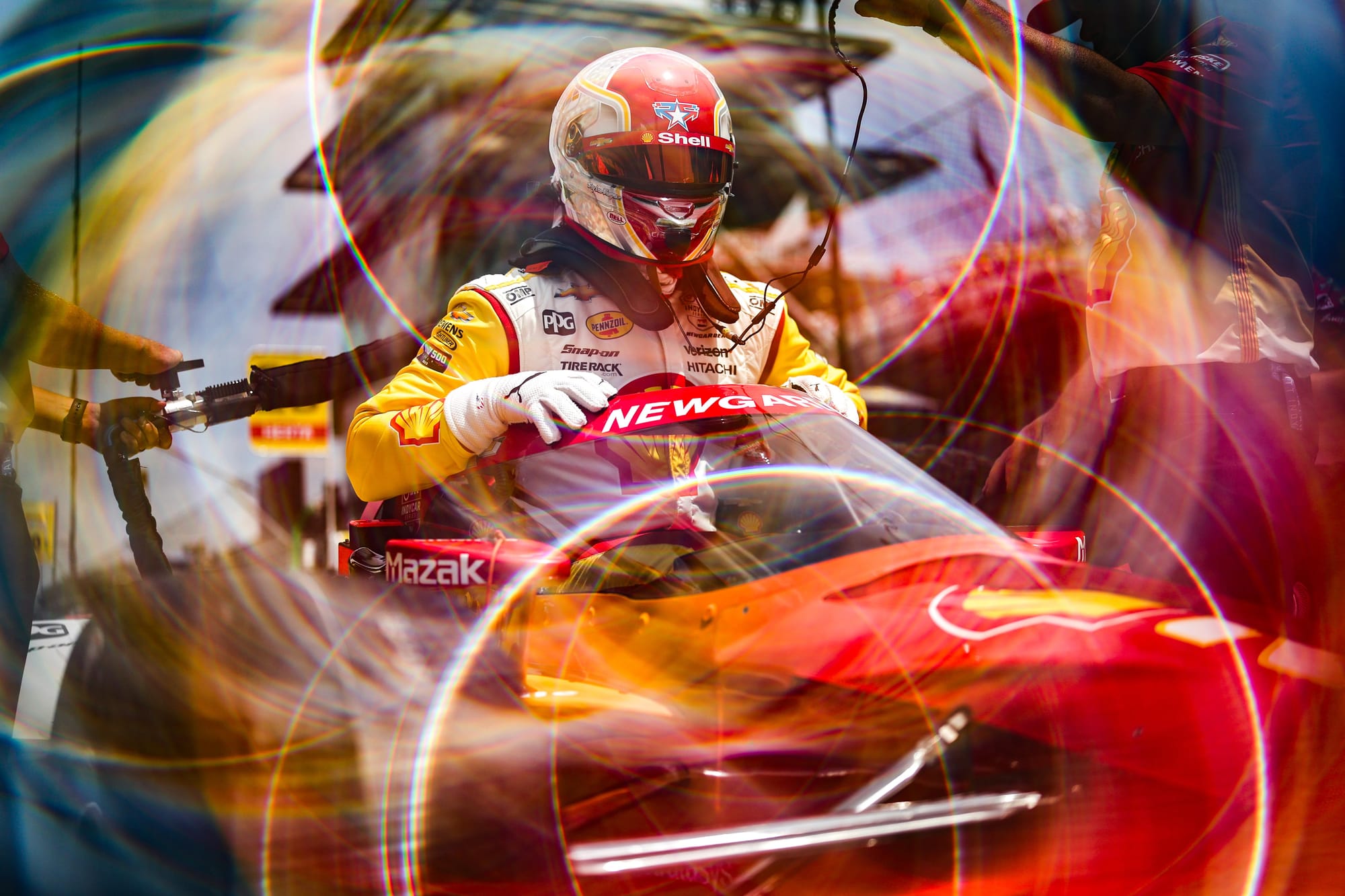
Up until the last couple of years you'd have Newgarden as one of the most consistent drivers in IndyCar. That's slipped a bit in recent years - although he's won a sickening number of races - and he's past the age many teams would deem acceptable in F1.
But the way he deals with pressure, leads his team forwards and galvanises it around him, plus an unquenchable competitive energy makes him a fierce competitor, and he has all of the necessary attributes to make him worth a look.
His resume here is as good as anyone's.

